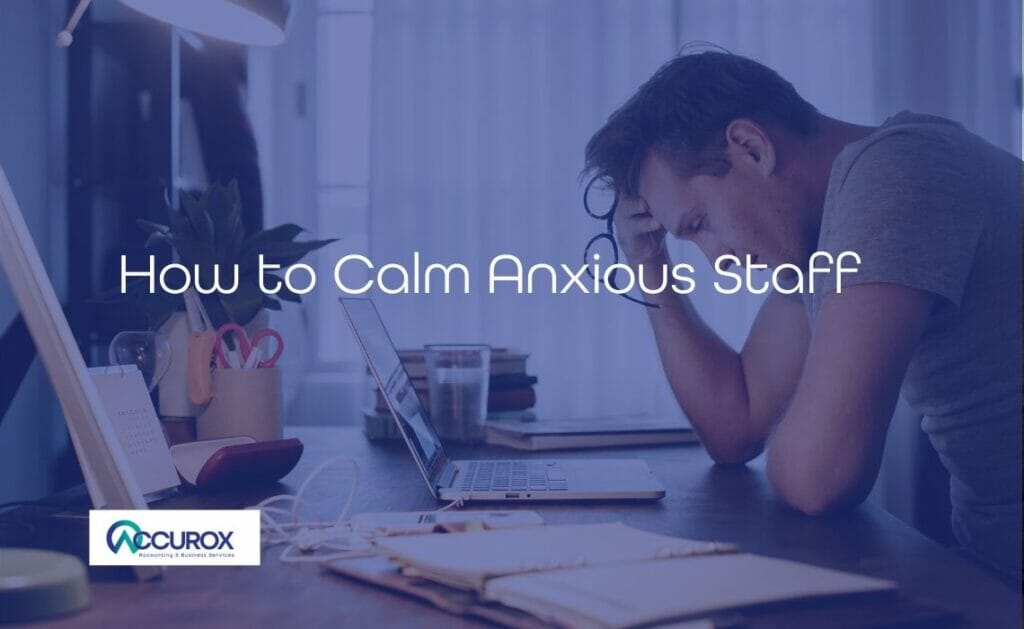Part 1 – Looking After Your Team
Wage Subsidy Scheme
- This will protect “viable” jobs in the six months after the furlough scheme ends in October.
- Employees must work at least 1/3 of their hours and be paid for them by their employers. The government will also pay 1/3 of their usual wages.
- So, employees will receive roughly 77% of their wages. Sadly this won’t help companies that don’t have the work to cover the third of the full-time wage.
- The SEISS will be extended in line with the Wage Subsidy Scheme.
Furloughing (Job Retention Scheme) has been a life saver for thousands of businesses and employees since the onset of the pandemic. It is starting to phase out now and will come to a complete stop in October. Although there are calls to extend the scheme across the board or for specific industries, there is still no confirmation from the government that this might happen. So, what exactly should responsible businesses be doing now to prepare? Our two-part blog looks at the measures your business should be implementing now, both for financial security and the wellbeing of your employees.
Assess the Current Situation
It is time to set out your plan for bring furloughed employees back into the fold. You must do this by formally giving notice in writing. But there is a lot more to think about than that.
First of all, is there still a job for all your employees? The sad fact is that for some, this will no longer be the case. Begin by assessing the roles you had and what is still needed in the new scenario. If some roles are not required now, could the skillset those staff members have be pivoted to another focus?
Plan Carefully
Secondly, think about the stages of return from furloughing. You may only have one or two furloughed employees, or there could be a lot more. Plan a staggered return, both to ease the employee back into the workplace and to ensure your COVID secure set up is robust. Is working from home an option you and your employees would be happy with? The advice is again that anyone who can work from home, should do so. Go through the likely scenarios in advance, so you know what you would be happy with before an employee raises it.
Redundancies
As furloughing ends, sadly you many need to make employees redundant or offer reduced hours. If that is the case, you must make sure that you follow employment law carefully and do things by the book. You can find out more here. But before you take that step, consider all other options, for example:
Job shares, 4-Day Weeks & Re-skilling
Before making an employee redundant you should attempt to find them alternative work within the business. Perhaps you can speak to all your employees and agree an across the board reduction in hours, so that everyone bears the brunt equally? If retraining is a possibility, look into the Apprenticeship Bonus, as current staff members are also eligible for this scheme.
Job Retention Bonus
The £1,000 Job Retnention Bonus will be given to employers for each returning furloughed employee they keep continuously employed until at least Jan 31st, 2021. Don’t forget to take this into account when considering the options. You must pay employees an average of at least £520 per month to qualify for this scheme. Consider all the options, short term part-time, taking any unused holiday etc.
Safety & Peace of Mind
If you are bringing furloughed staff back into the office or shared workspaces, then it is important to make sure that you have made those spaces Covid-19 secure. Preparing for this should include:
- Undertaking risk assessments
- Setting up protocols and easy to follow guidelines for staff and customers
- Providing all the necessary PPE your staff (and customers) need
- Staggering working hours or days to ensure fewer people are in the workplace at any given time
- Identifying the fastest route to testing for your staff
- Establishing a waterfall process of information sharing, in the case of a suspected infection
- Planning for periods of self-isolation for employees who have come into contact with an infected person
- Nominating who will pick up their work if staff members are too ill to work, even from home
- Being ready to support employees with anxiety
There is a lot to think about and it can seem overwhelming. However, going through all the options and planning for the future will give you back control over your business and its future. See our checklist below:
Action Checklist
- Evaluate the roles you currently have and how the business needs have changed since the pandemic.
- Where possible bring staff back to their original jobs or retrain them if their old role is defunct, but there is a new one they can take up
- Where you are bringing staff back, ensure you follow the legal guidelines, and inform them formally in writing
- Make and communicate a plan for the safe reintroduction of furloughed workers. Give them time to acclimatise and help to feel part of the team.
- Ensure you have followed out the necessary risk assessments, that your Covid protocol is robust and that you have systems in place to deal with absence, sickness, and anxiety.
- If you are considering making staff redundant, make sure you have explored all the options; Job Retention Bonus, Apprentices Bonus, 4-day week.
Whenever you are in doubt, we want you to know you can depend on us to offer advice and support. Contact us now to discuss your options or read on to the second part of Preparing for the End of Furloughing.







